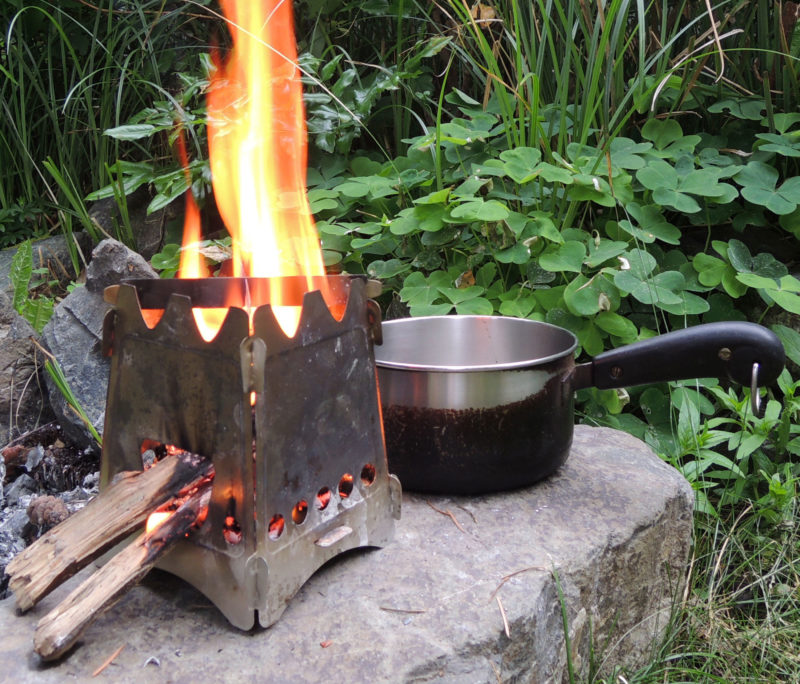 photos by the author
photos by the authorA campfire for cooking doesn’t need to be any larger than the pot it’s heating. The Emberlit keeps the fire small and contained, minimizing the impact on the wilderness.
Self-sufficiency is among the many satisfactions of camp-cruising in a small boat, and there’s a very satisfying level of independence that comes with using a wood-burning stove. Emberlit makes a line of lightweight, compact wood-burning stoves that disassemble to fit into a carrying case about the size of a large slice of bread. The stoves fire up with any burnable material at hand; for most of us, that’s small branches, sticks, and even dry leaves. At about 11oz, the weight of the stainless-steel Original model (reviewed here) won’t be noticed by the average boater, but when every ounce matters, a 5-oz titanium model is available for about twice the price.
The stove is constructed of four side panels that link together with slotted tabs around a bottom plate. The sides slant inward—creating a chimney that concentrates the flames—and are topped by two crossbars that provide a stable surface for pots of all sizes. Assembling the stove is easy and takes just one minute.
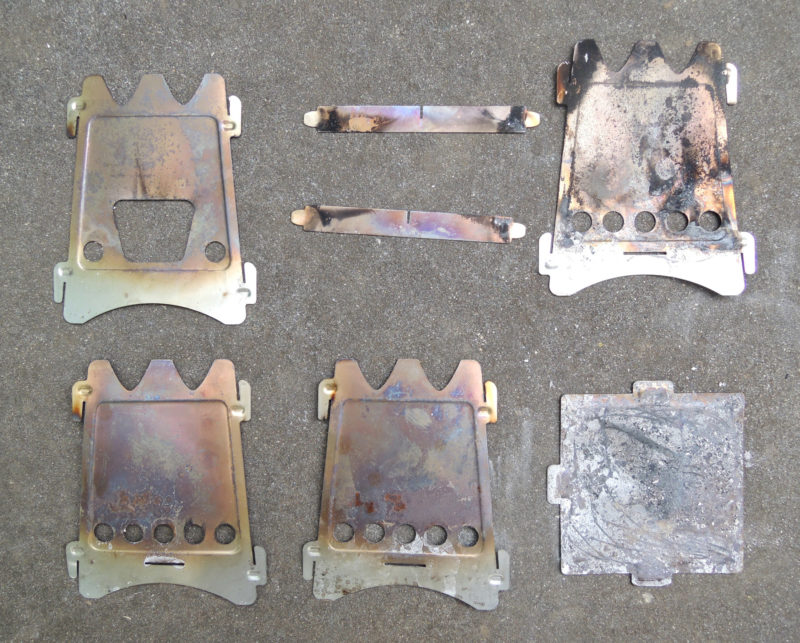
The stove pieces slip together with slotted tabs. Taken apart for packing, they occupy very little space.
Over the years I’ve used a number of white-gas and alcohol stoves and some tend to flare up frighteningly, while others run out of fuel at inopportune moments. I found the Emberlit to be comforting and straightforward. Because it’s essentially a tiny, enclosed campfire, organizing material inside the stove is critical. As with any campfire, small, easily ignited tinder goes in first, followed by twigs, then finger-sized sticks. After getting my fuel arranged properly, I can light a cooking fire with a single match. Once the tinder is burning, larger, longer sticks are inserted through the opening in the front panel and gradually fed into the stove as they’re consumed by the flames.
The Emberlit needs to be tended while cooking, but its wide base makes a stable platform and I never worried that the pot would tip off the cooking surface while I was feeding wood into the fire. Boiling a pot of water was simple and reasonably fast. A high-tech canister stove will boil water faster, but if you’re out camping, what’s the rush? To cook a meal in a pan without scorching it, I had to control the flames carefully by adding just the right amount and size of wood. When the cooking was done, the interior of the stove and my pots were, predictably, coated with soot and needed to be cleaned or wrapped in a rag to avoid soiling other equipment.
Because it can only contain a small mass of wood, if the Emberlit is left alone too long, the coals cool down and take some coaxing to reignite with new wood. While I enjoyed tending the stove, the necessity for constant maintenance might irk some. Just think of the Emberlit as pleasantly “interactive” and a fair trade-off for a cooking system that doesn’t rely on fossil fuels, won’t scar the landscape, and doesn’t consume as much wood as a campfire. I’d pack the compact, durable, and fun Emberlit anytime.![]()
Bruce Bateau sails and rows traditional boats with a modern twist in Portland, Oregon. His stories and adventures can be found at his web site, Terrapin Tales.
The Emberlit Original sells for $44.99 and is available from Emberlit and outdoor gear retailers.
Is there a product that might be useful for boatbuilding, cruising or shore-side camping that you’d like us to review? Please email your suggestions.
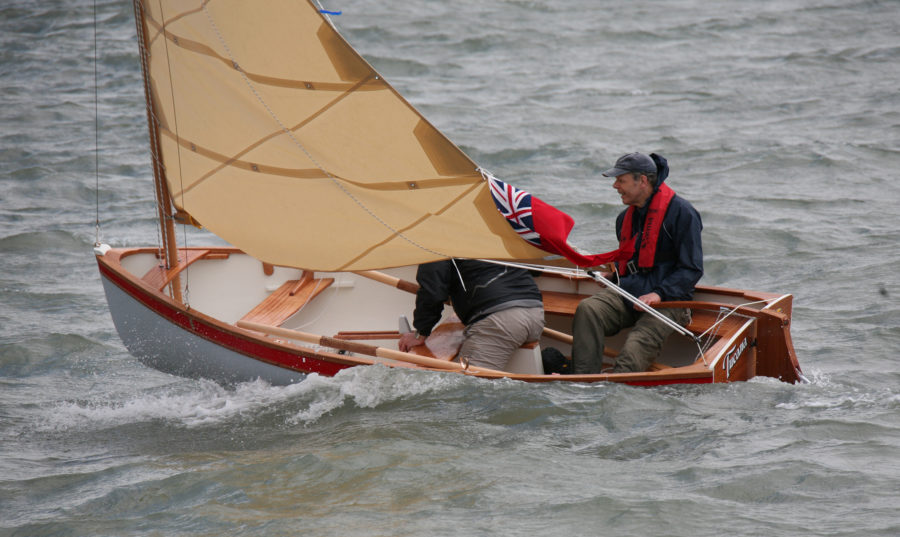
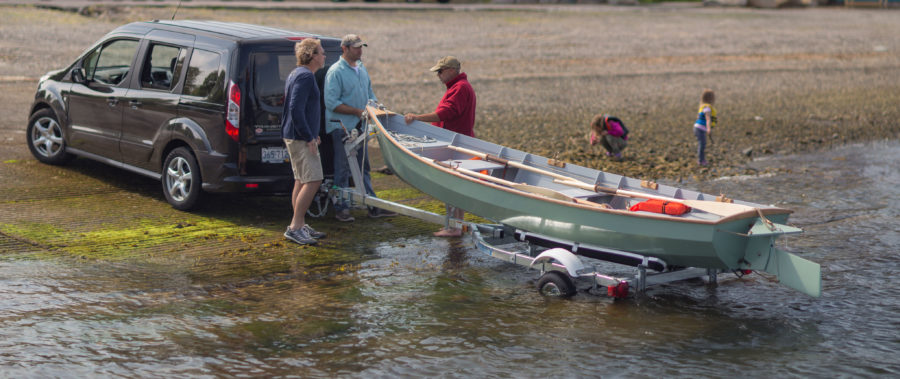
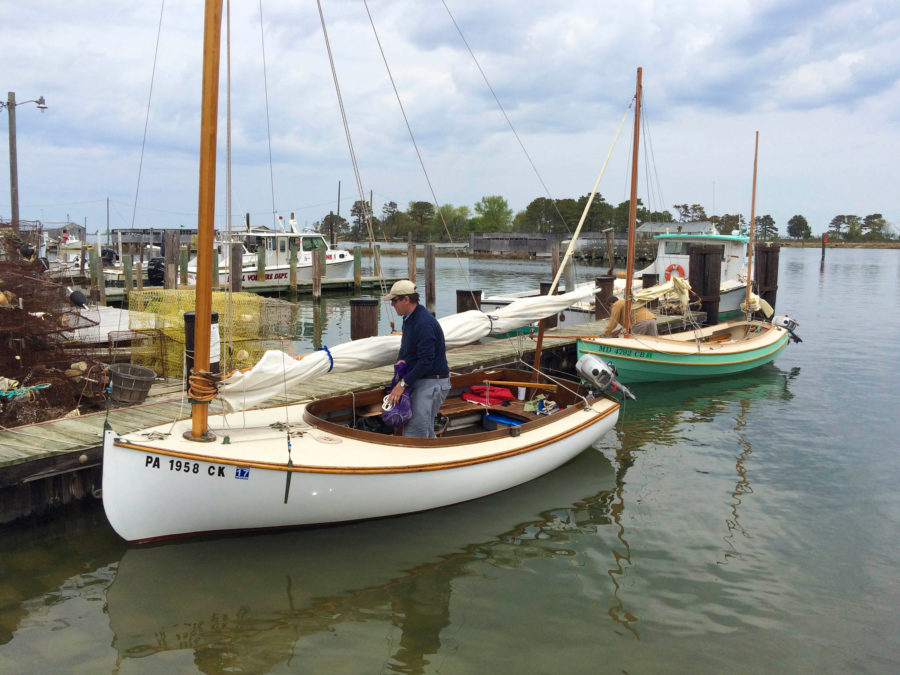
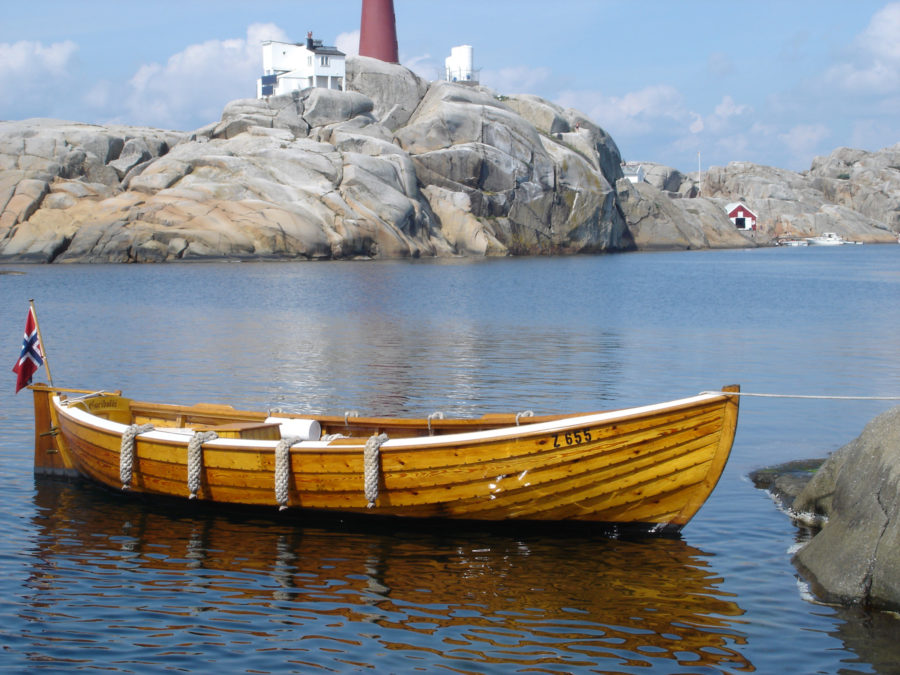
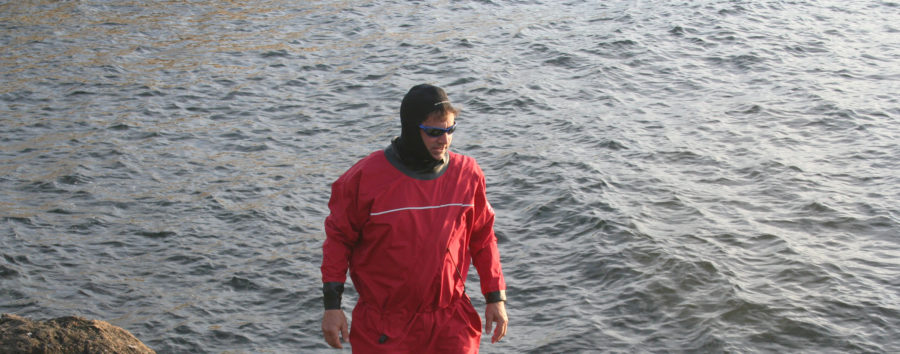
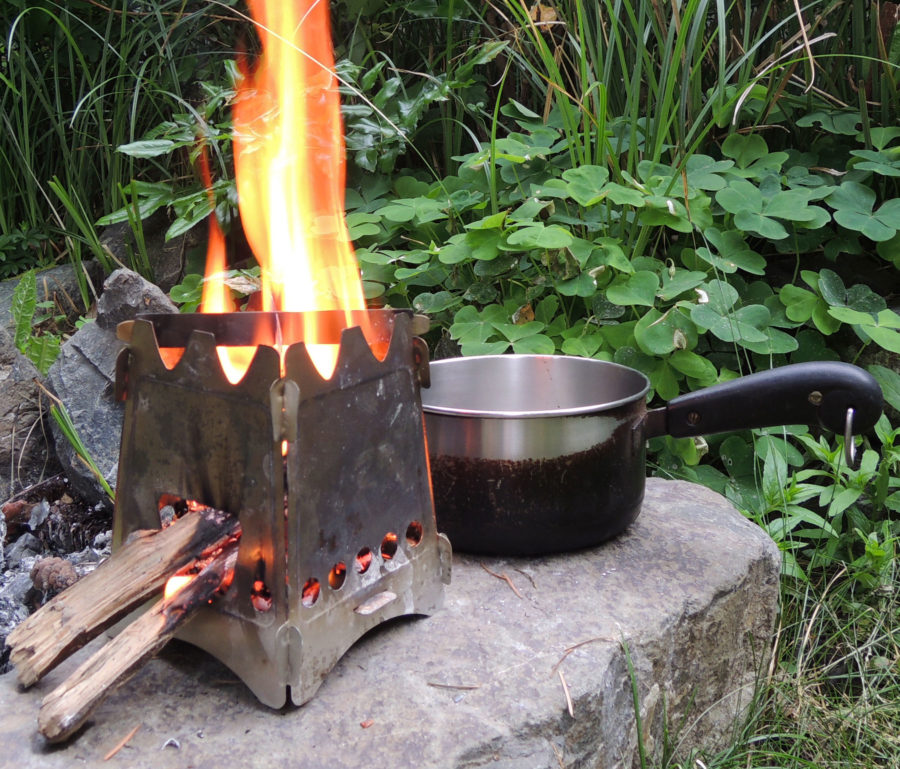

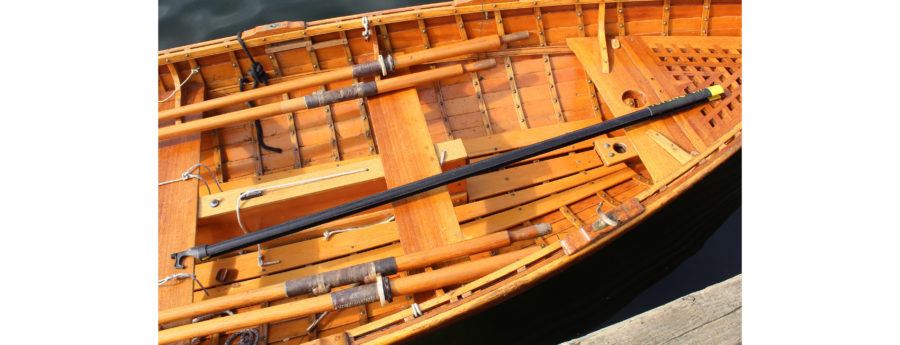
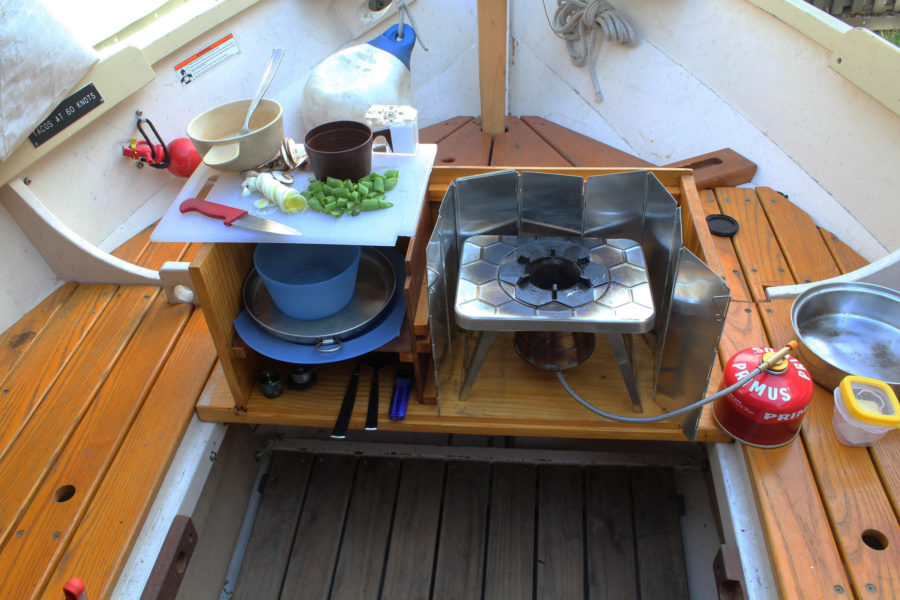
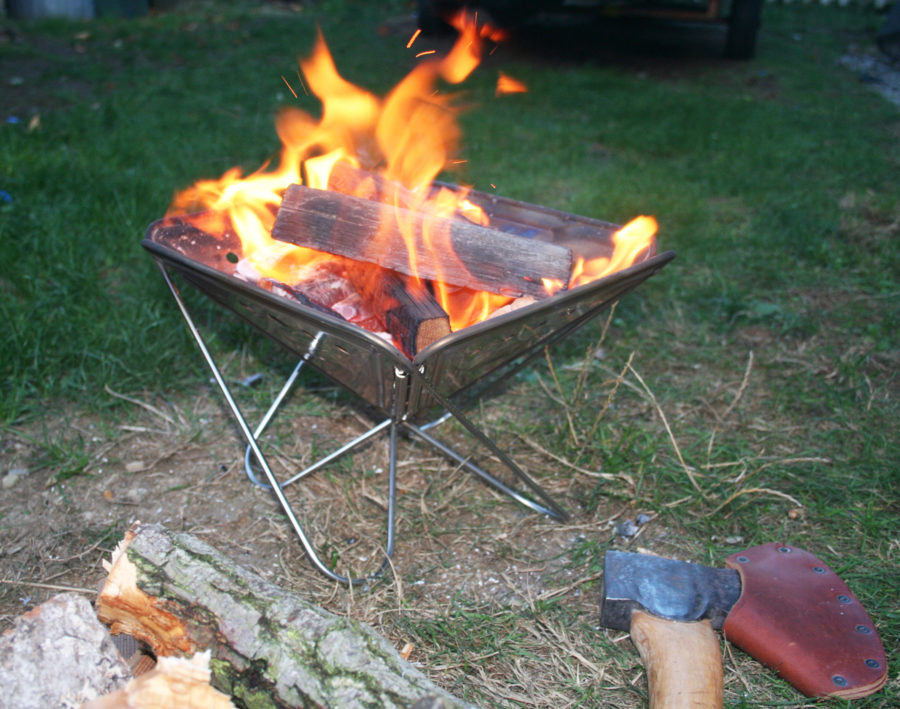
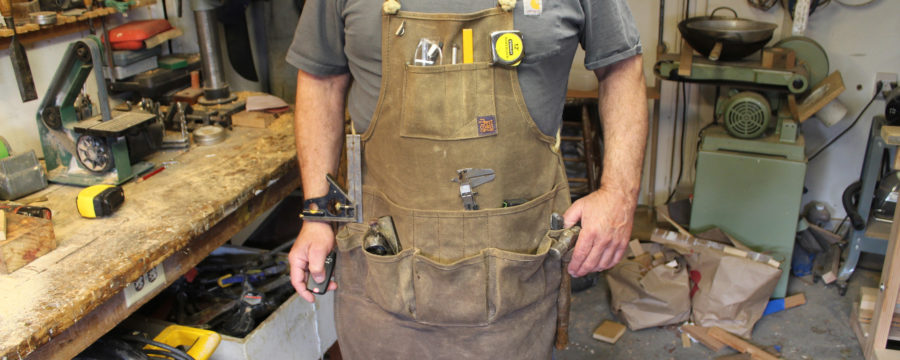
Here’s a tip from someone well-versed in cooking over a wood flame: Coat the bottom and sides of you pot with soap before cooking and the soot will pretty much rinse off afterwards. I rub bar soap on but liquid works OK too. There’s always a little that sticks around, but it greatly simplifies the process.